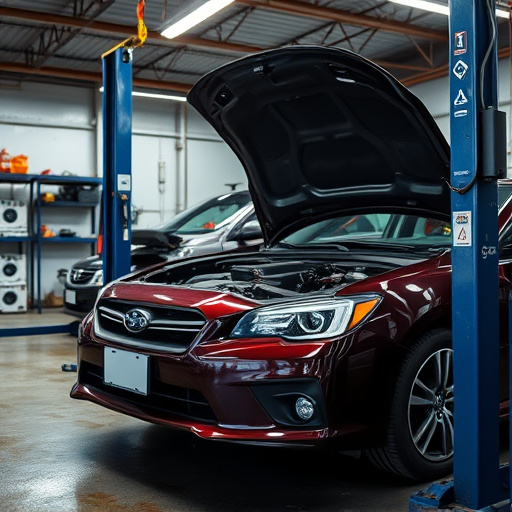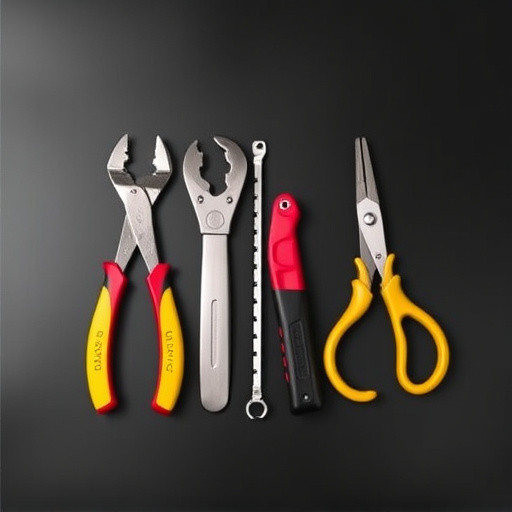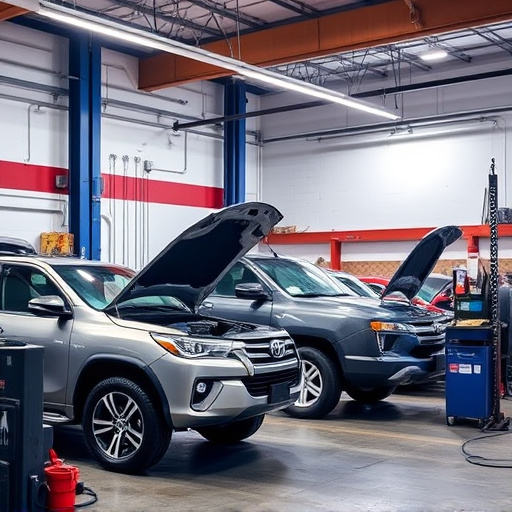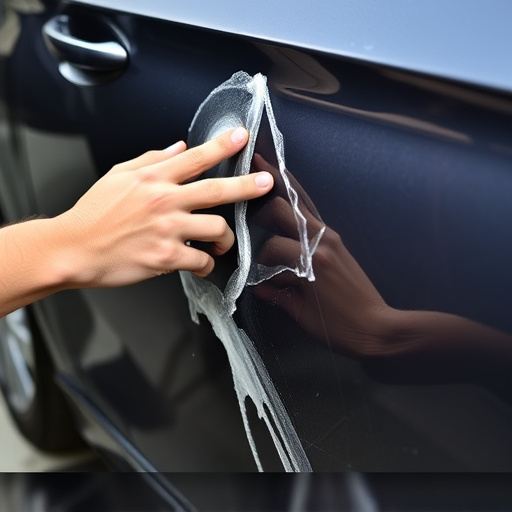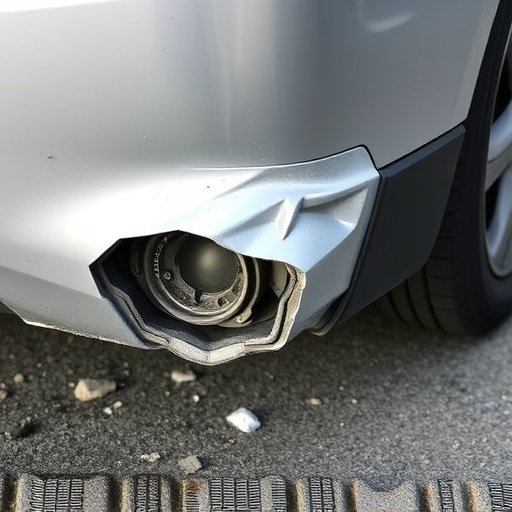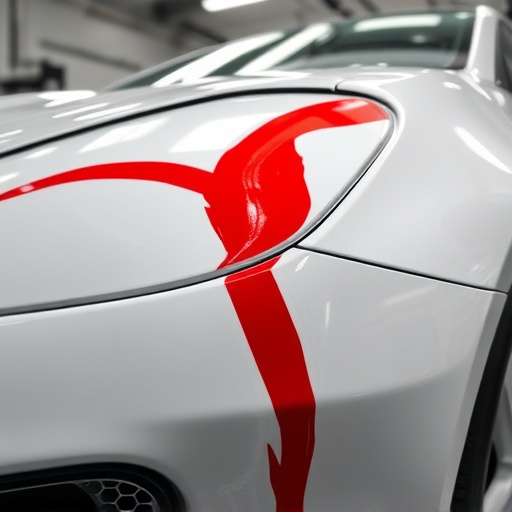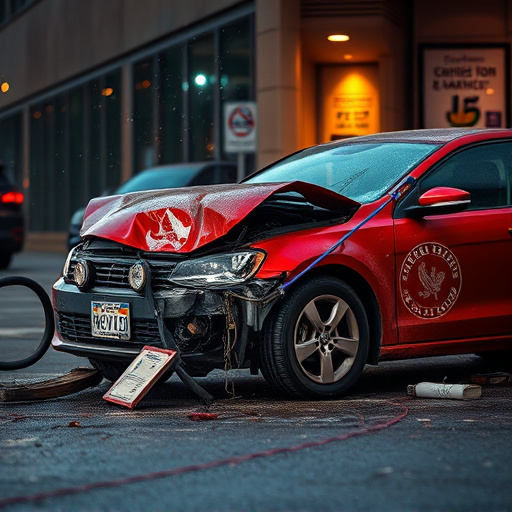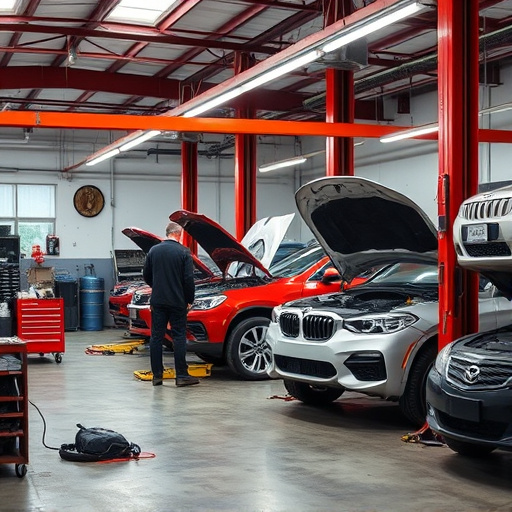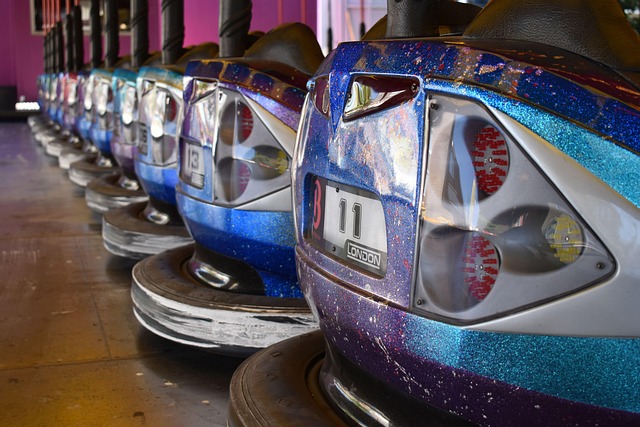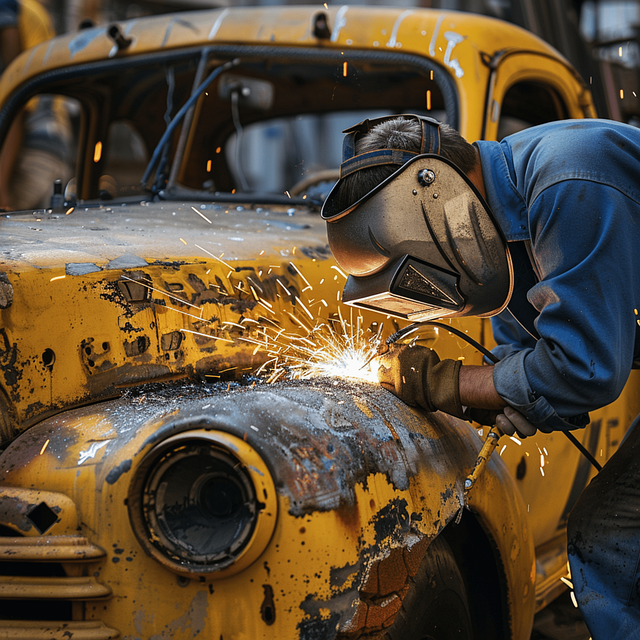Water-based paints revolutionize automotive body work, offering environmental and practical advantages over solvent-based alternatives. AI and machine learning enhance efficiency and precision in collision repair, while advanced tools like high-pressure water jets ensure meticulous repairs with minimal impact. This trend prioritizes clean, safe, and cost-effective vehicle restoration, appealing to both professionals and DIY enthusiasts.
The future of water-based paint collision repair is here, driven by environmental concerns and technological advancements. This evolving landscape presents a greener, more efficient approach to auto body restoration with water-based paints, reducing harmful emissions and waste. Digital transformation further revolutionizes the process, enhancing precision and speed. From innovative application techniques to sophisticated restoration technologies, these trends promise seamless, sustainable repairs that meet today’s high standards.
- Water-Based Paints: The Green Repair Revolution
- Digital Transformation: Enhancing Collision Repair Processes
- Advanced Techniques for Seamless Paint Restoration
Water-Based Paints: The Green Repair Revolution
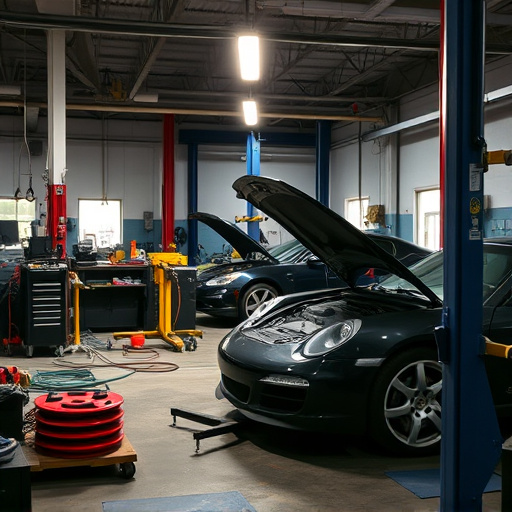
Water-based paints are leading a green revolution in automotive body work and collision repair. These eco-friendly alternatives to traditional solvent-based paints offer significant advantages, both for the environment and for repair shops. By eliminating harsh solvents, water-based paint collision repair reduces exposure to toxic fumes, lowers waste generation, and minimizes environmental impact. This shift is not just about sustainability; it also translates into improved working conditions for auto body repair technicians and better air quality in repair shop environments.
Furthermore, water-based paints excel in scratch repair, providing a high-quality finish with reduced preparation time. Their quick drying times and easy applicability streamline the repair process, making them a cost-effective solution for both professional auto body repair shops and DIY enthusiasts. This versatility makes water-based paint collision repair an attractive option, driving a significant trend in the industry towards cleaner, safer, and more efficient automotive body work techniques.
Digital Transformation: Enhancing Collision Repair Processes
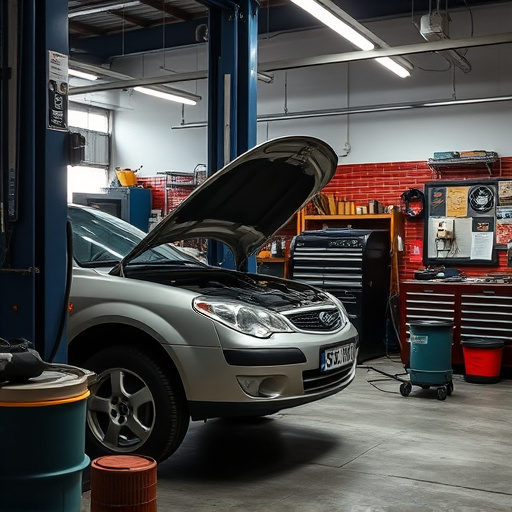
The digital transformation is revolutionizing the landscape of water-based paint collision repair, bringing about significant advancements in efficiency and precision. By leveraging advanced technologies like artificial intelligence (AI) and machine learning, repair technicians can now streamline processes that were once time-consuming and prone to human error. AI algorithms can analyze damage, suggest repairs, and even predict material requirements, enabling faster turnaround times.
This shift isn’t just about speed; it’s about enhancing the overall quality of hail damage repair, vehicle dent repair, and car collision repair. Digital tools allow for more accurate color matching, ensuring that vehicles return to their pre-accident condition with minimal visible imperfections. Moreover, the integration of digital systems improves communication between repair shops and customers, providing real-time updates on progress and reducing wait times.
Advanced Techniques for Seamless Paint Restoration
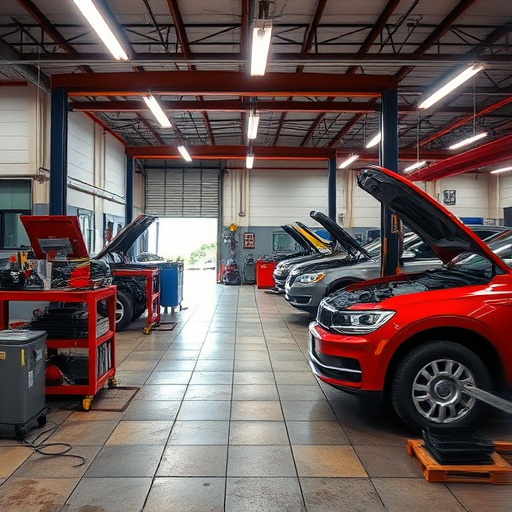
The future of water-based paint collision repair is bright, with advanced techniques emerging to revolutionize vehicle bodywork restoration. One such innovation involves the use of sophisticated tools and equipment that enable precise and seamless paint restoration. These state-of-the-art systems utilize high-pressure water jets and specialized chemicals to remove damaged or contaminated paint layers without affecting the underlying surface.
This meticulous process ensures that every detail, from panel gaps to intricate curves, is perfectly replicated. Additionally, modern water-based paint collision repair methods incorporate advanced color matching technology, allowing for exact color reproduction across different vehicle makes and models. This level of precision not only restores the aesthetic appeal of the vehicle but also maintains its original factory finish, making it a preferred choice for both car repair shops and collision centers.
As we look ahead, water-based paint collision repair technologies are poised to revolutionize the automotive industry. The shift towards eco-friendly water-based paints, coupled with digital transformations in repair processes, promises seamless and sustainable restoration. Advanced techniques like 3D printing and nanomaterials further enhance precision and efficiency, ensuring a future where collision repairs are not just functional but also aesthetically superior, all while minimizing environmental impact.

